Historic buildings have their own specialized and traditional techniques used in their construction. Shaping and carving stones is a technical and demanding job for workers. Jahangir tomb is an example of such surpassing beauty and finest architecture which is believed to be the most magnificent Mughal structure after Taj Mahal.

The Jahangir tomb is a mausoleum of “Nur-ud-din Mohammad Salim” who ruled Mughal Empire between 1605 – 1627. With the imperial name of “Jahangir” he was considered to be the one of the greatest Mughal emperor. He has also been known for his illicit romantic love story with Anarkali, which is widely adopted in the literature & cinemas. Akbar, his father nominated him as his successor in the very early age and he ultimately became emperor in 1605.
Jahangir was fascinated with art, science and architecture. He started painting when he was very young and played a vital part in promoting art of Mughal painting in his region. Jahangir died in 1627 on his return from Kashmir & buried in Shahdara baagh, Lahore. Shahrda was a “favorite spot” of Jahangir and his wife “Nur Jahan” when they lived in the city. This garden is known as “Bah-e-Dilkusha” meaning a garden that fills your heart with joy.

Akbari sarai is a series of rooms that was made in the Shahdara Bagh near the Jahangir's tomb for visitors who used to come for visit. It is said, that the doors of Lahore fort were closed after sunset, and the visitors who reach Lahore after the sunset spend their night in the Akbari sarai. The 180 hujra, or cells, around the courtyard were used as living area and storage space for luggage for the visitors. After the Mughal period this sarai has been used by different purposes by Sikh and british rulers.


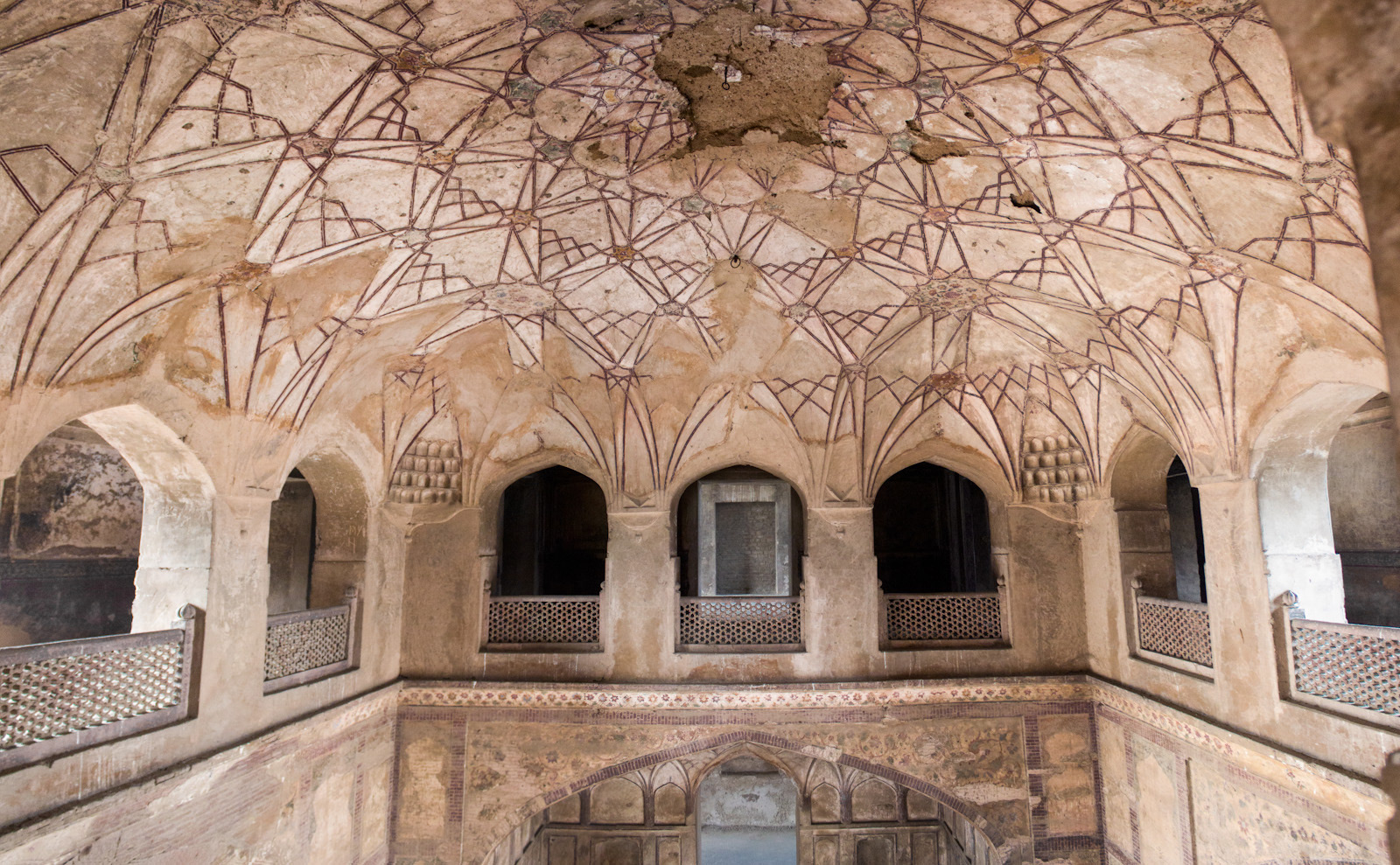

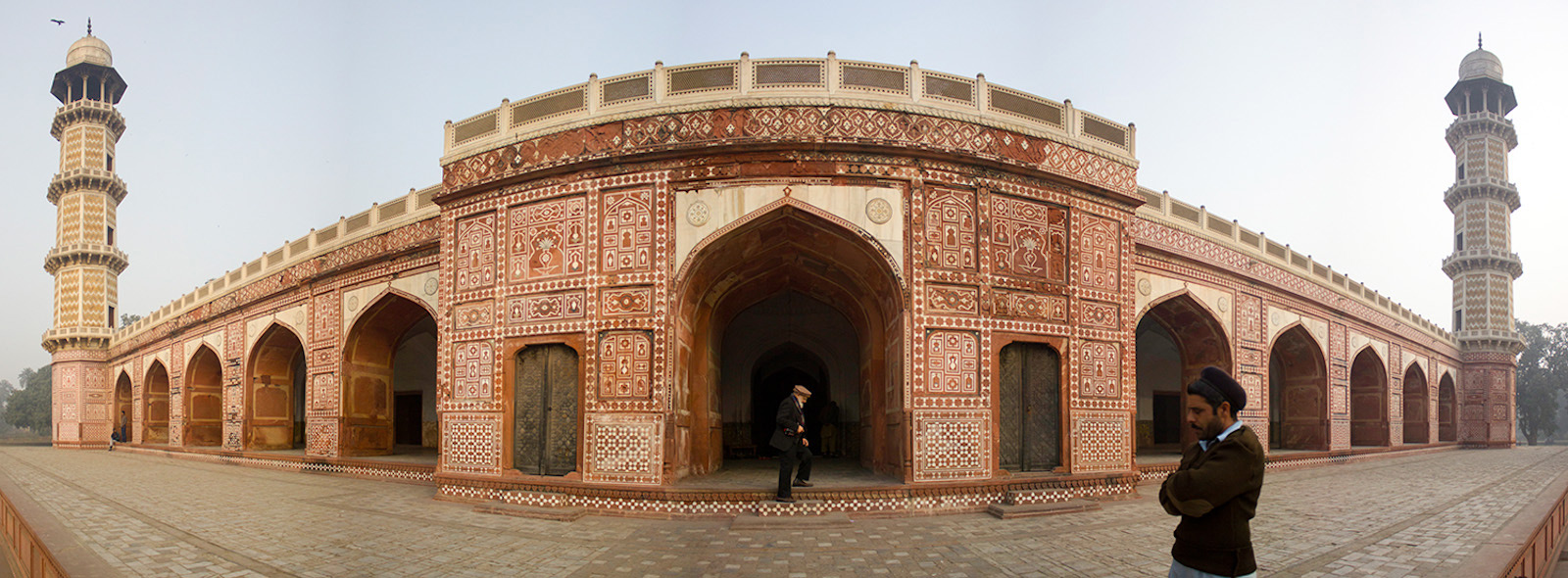
After the death of Jahangir, his son, Prince Khurram (Shah Jahan) was entitled and become emperor who build a marvelous architecture for his father’s mausoleum. Historians write this was made possible with the vision of “Nur Jahan” wife of Jahangir. It took about 10 years to build the tomb and with the cost of 10 lakh on the site of Bagh-e-Dilkusha. The construction was completed in 1637 AD, which used various stones in building this structure.

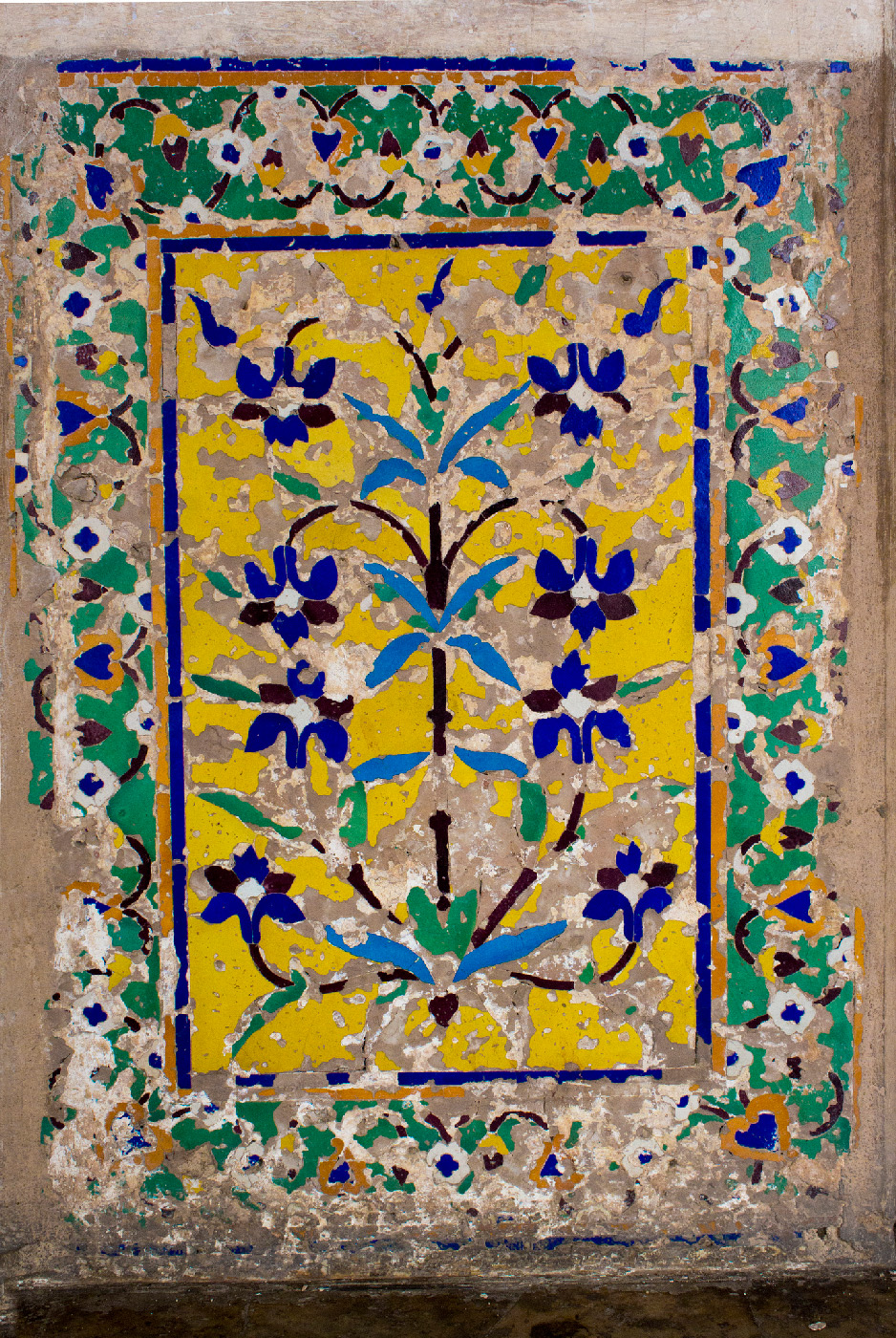
The interior is decorated with flowery walls, delicate inlay work, and with stones of various colors. In stones such as Sang-e-Musa, Sang-e-Khattu, and marble etc. are used for inlay work. These inlay motifs are called “Raqam”. On the both sides of the grave ninty-nine (99) names of Allah (God) are also engraved in black. Light enters from big Jali screen, which is facing toward mecca.



Jahangir tomb was put in harsh hands and suffered great deal of destruction in Singh and British periods. The Baradari of placed on the first floor above the Burial chamber Jahangir’s tomb was removed and placed inside Lahore fort in Hazoori Bagh. In the region of Maharaja Ranjit Singh removed it and placed in Lahore fort where he used to held his court & address his men. The structure consisted of two stories but top story was destroyed by lightning in 1932.



Now days, the tomb garden is used for picnic, evening walks, family visits and cinema. As the tomb is not in a good condition a massive restoration on this marvelous mausoleum has begun. Red stone is being imported from India to match the quality and keep the consistency with the existing one. Repair of the stone fretwork on the southern and eastern facades is now complete. The Department of Archaeology is in process of executing this plan in which they have requested funds for the removal of encroachments, which fall within 150 feet of the perimeter wall.



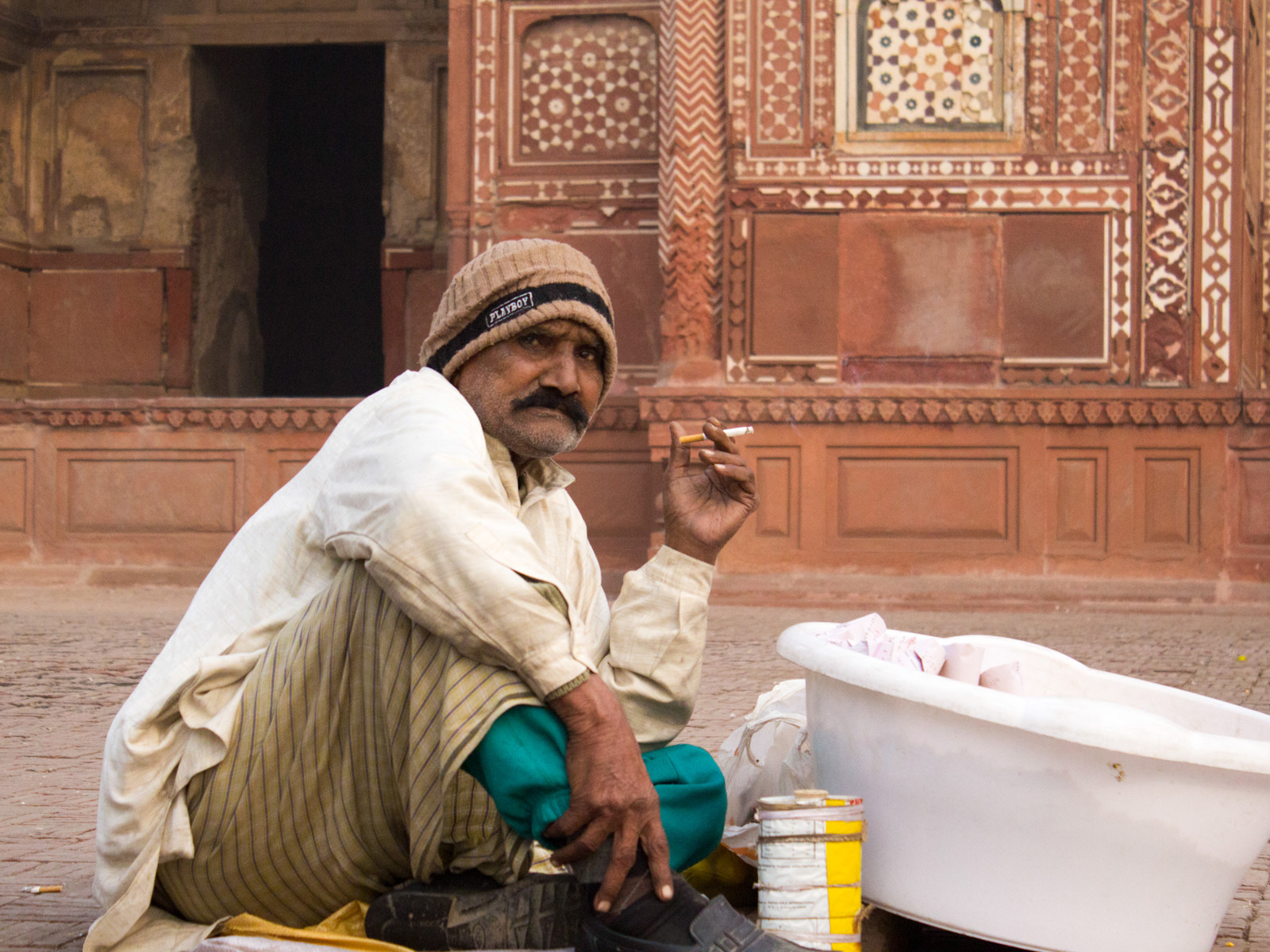
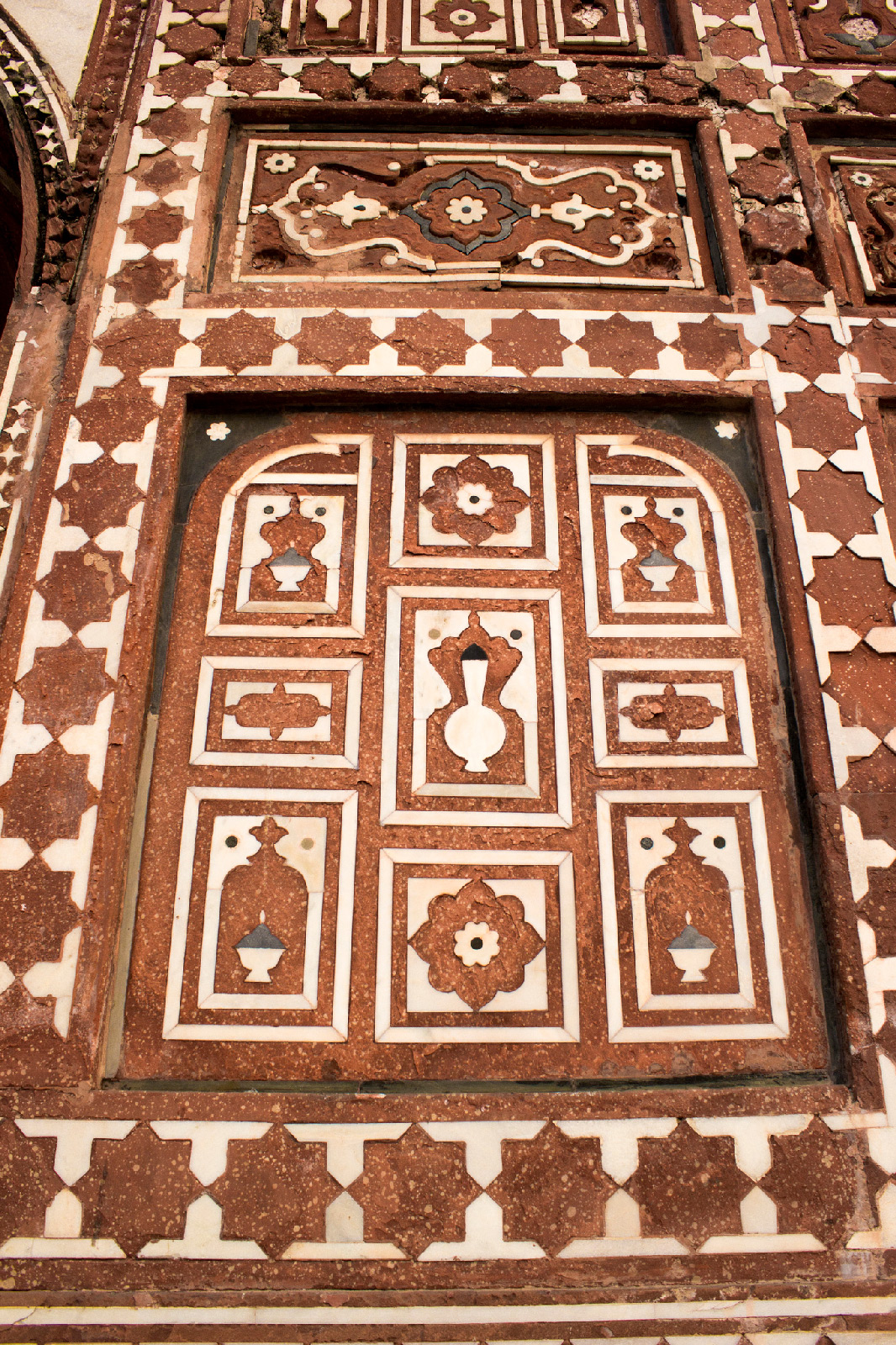
Along with restoration and beautification of Jahangir tomb, the construction lake near to tomb, installation of chairlift to ease the public access to the monument and a museum comprising artifacts of Mughal era are the core activates of this restoration project. The mausoleum of Jahangir holds a special place among the architectural relics of Pakistan as it is the only remaining Mughal tomb in the country. Its image appears on the National Currency and it remains Lahore’s most popular attraction.
© DestinationPak 2024 Privacy Policy | Terms of Service